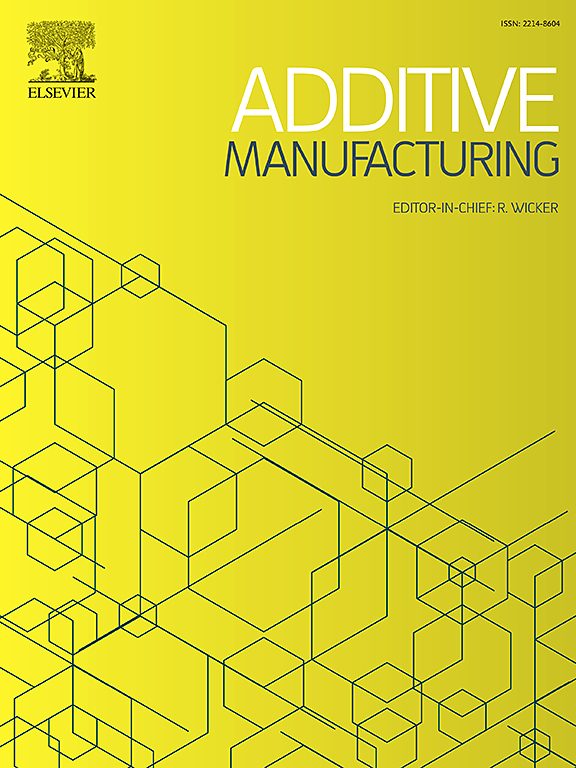A new temperature index for build orientation optimization in powder bed fusion additive manufacturing
IF 10.3
1区 工程技术
Q1 ENGINEERING, MANUFACTURING
引用次数: 0
Abstract
In Additive Manufacturing (AM) technology, part orientation holds a significant influence on various aspects including manufacturing time, support requirements and thermo-mechanical properties. The research specifically examines the crucial role of temperature in determining metallic part orientation for AM. With the aim of optimizing part orientation while temperatures are minimized even so, we introduced a novel thermal index. This index is able to quantify temperature changes upon rotating the part and comprises multiple sub-indices (area ground, circle, height and angle) derived from geometrical information extracted from STL (Standard Triangle Language) files. In order to assess the effectiveness of the thermal index, a combination of finite element method (FEM) and genetic algorithm (GA) techniques to solve the orientation problem is here performed. In this frame, a 360° rotation of the part for comparative analysis was conducted between the solutions obtained from the thermal index and those from FEM simulations. This contribution comprises two cases studies: a cone and a sand clock. The obtained results demonstrate a correlation between the thermal index and FEM-calculated temperature during the AM process. Notably, the highest thermal index (1.8 for the cone and 2.0 for the sand clock) corresponds to the lowest part temperatures (54°C for the cone and 53°C for the sand clock). Due to the simplifications of using this index, the time required to locate the part was significantly reduced by 96 % for the cone (to 4 minutes) and by 53 % for the sand clock (to 21 minutes) compared to the FEM. Furthermore, we validated the thermal index solving the part orientation problem for an industrial part and a foot orthosis.
求助全文
约1分钟内获得全文
求助全文
来源期刊

Additive manufacturing
Materials Science-General Materials Science
CiteScore
19.80
自引率
12.70%
发文量
648
审稿时长
35 days
期刊介绍:
Additive Manufacturing stands as a peer-reviewed journal dedicated to delivering high-quality research papers and reviews in the field of additive manufacturing, serving both academia and industry leaders. The journal's objective is to recognize the innovative essence of additive manufacturing and its diverse applications, providing a comprehensive overview of current developments and future prospects.
The transformative potential of additive manufacturing technologies in product design and manufacturing is poised to disrupt traditional approaches. In response to this paradigm shift, a distinctive and comprehensive publication outlet was essential. Additive Manufacturing fulfills this need, offering a platform for engineers, materials scientists, and practitioners across academia and various industries to document and share innovations in these evolving technologies.
 求助内容:
求助内容: 应助结果提醒方式:
应助结果提醒方式:


